Introduction: Nature’s Great Annual Journey
Every autumn, as the days grow shorter and temperatures begin to drop, billions of birds across North America embark on one of nature’s most remarkable phenomena — fall migration. Traveling thousands of miles from the United States and Canada to the tropical regions of Central and South America, these journeys ensure survival through the colder months and play a crucial role in global biodiversity.
Understanding why and how birds migrate helps us appreciate their resilience and the importance of protecting their habitats — even in our own backyards.
Why Birds Migrate: Survival and Seasonality
Migration is primarily driven by seasonal changes in food availability and climate. As insects disappear and plants stop producing fruit in northern regions, birds move south to find abundant food and warmer weather.
Some species, like the Blackpoll Warbler, travel over 2,000 miles non-stop across the Atlantic Ocean. Others, such as the Ruby-throated Hummingbird, make shorter yet still impressive journeys to Central America. Migration is not just instinct — it’s a finely tuned survival strategy shaped by millions of years of evolution.
Major Migration Routes: The Flyways
Birds follow well-established pathways known as flyways — invisible highways in the sky that provide stopover sites for rest and refueling.
The four main flyways in the Americas are:
Atlantic Flyway: Along the eastern seaboard
Mississippi Flyway: Down the central U.S. and Mississippi River
Central Flyway: Through the Great Plains
Pacific Flyway: Along the western coast
Each flyway connects breeding grounds in the north with wintering habitats in Central and South America.
Challenges Migrating Birds Face
Despite their remarkable endurance, migrating birds encounter increasing challenges:
🌍 Climate Change: Alters migration timing, causing birds to arrive too early or too late for food availability.
🪵 Habitat Loss: Deforestation and urbanization reduce critical stopover and wintering sites.
🌪️ Extreme Weather: Hurricanes and storms can disorient or exhaust migrating flocks.
🌆 Light Pollution: Artificial lights disrupt navigation, leading birds off course.
Protecting stopover habitats and providing safe resting spaces — even in backyards — can make a difference.
How You Can Help: Backyard Support During Migration
You don’t need to be a scientist to support migrating birds. Here’s how you can make an impact:
-Provide high-energy food in bird feeders during peak migration (late September to November).
-Plant native shrubs and trees that offer berries and shelter.
-Keep outdoor lights off at night during migration peaks.
-Offer a clean water source for drinking and bathing.
Even small actions in your backyard can provide life-saving resources for birds on their long journey south.
This fall, turn your backyard into a safe haven for migrating birds.
Explore smart, beautifully designed bird feeders that support birds on their journey at 👉 PerchMe.com

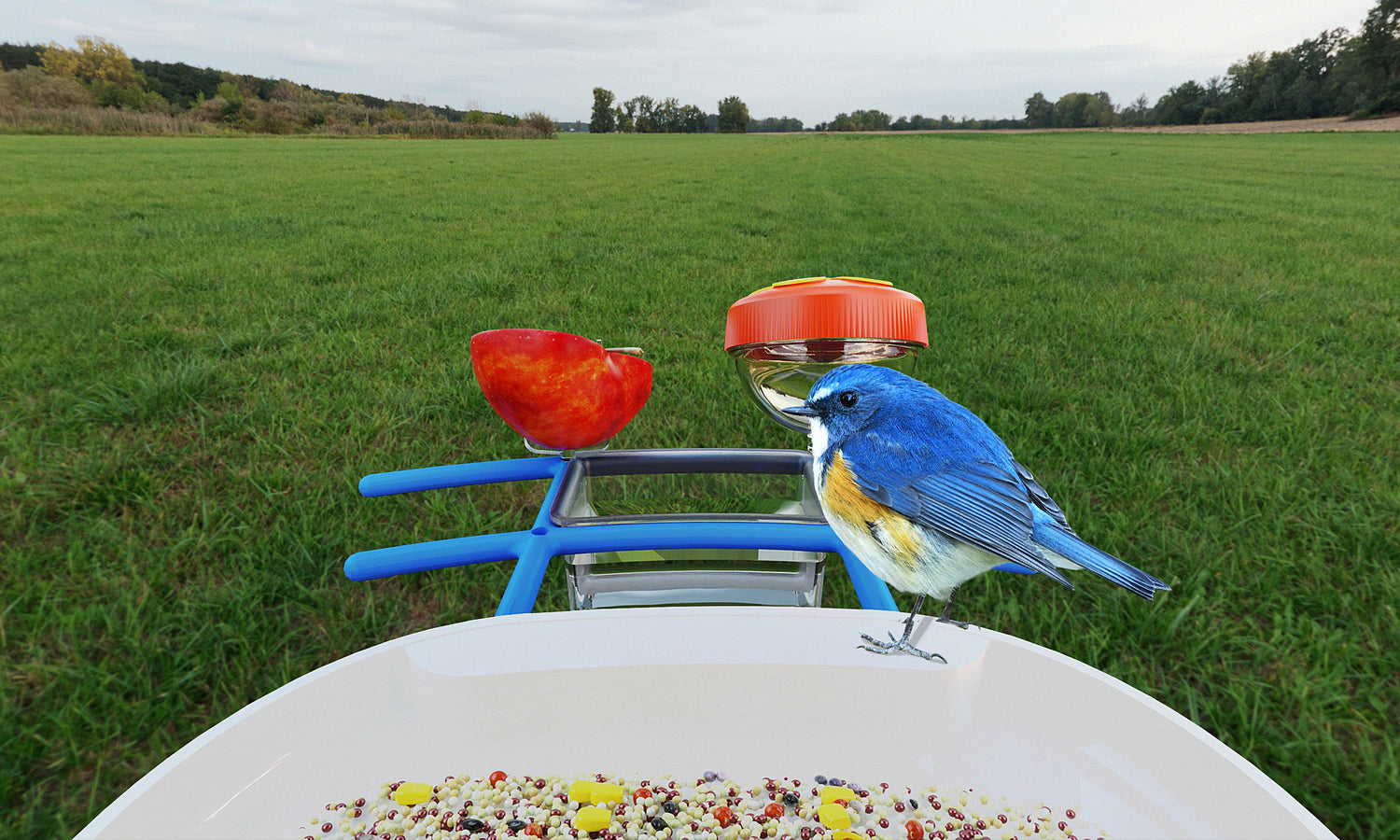
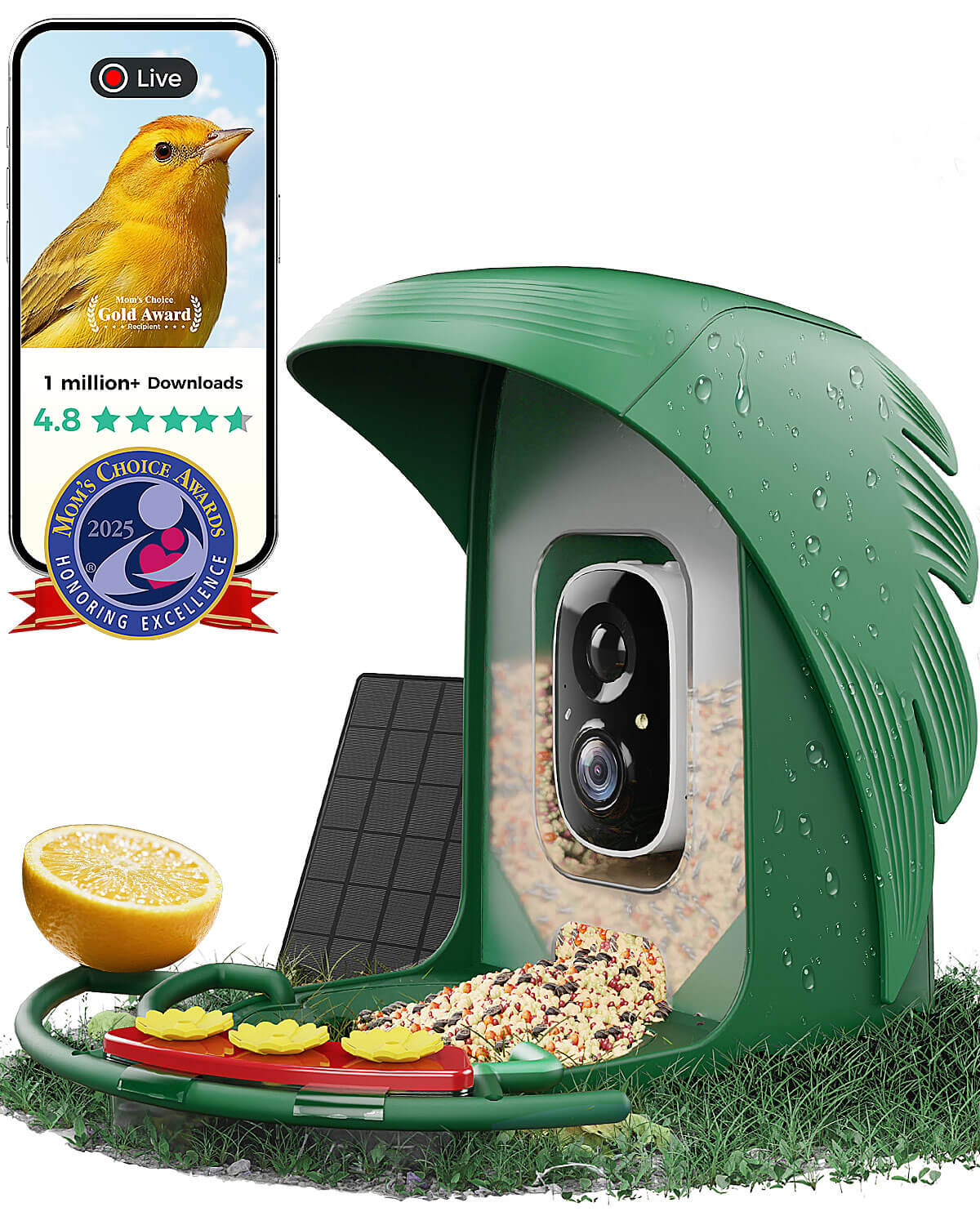
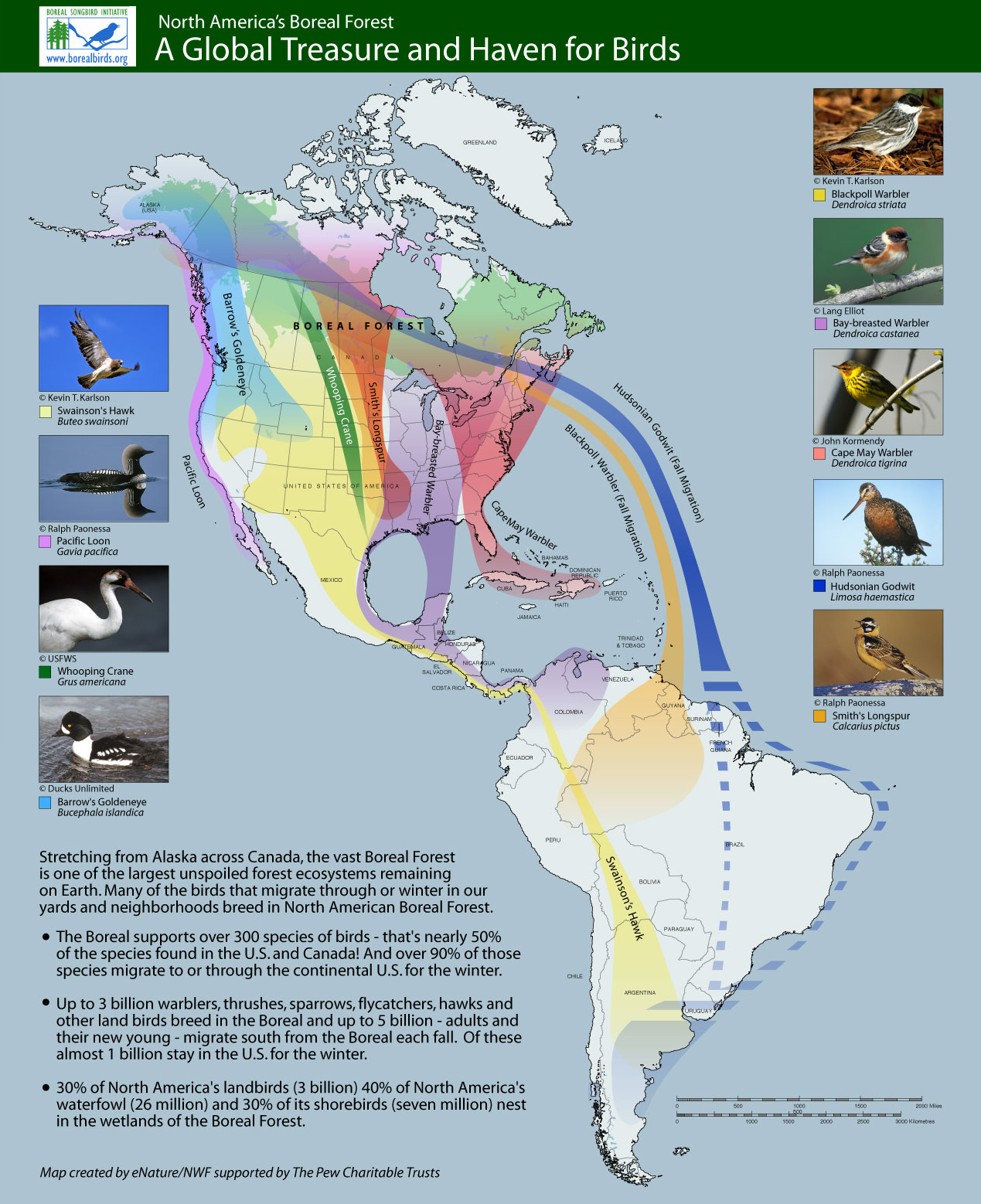
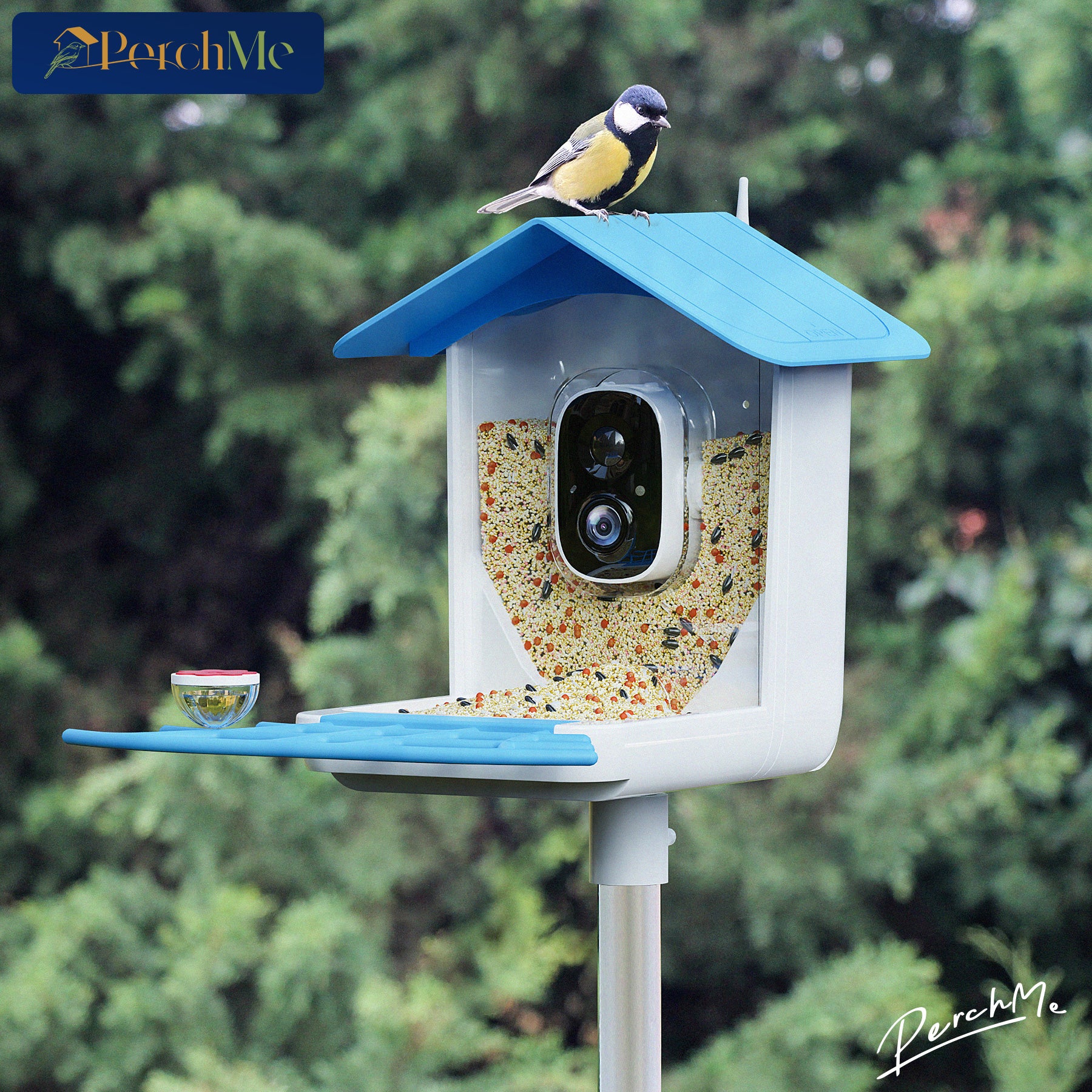
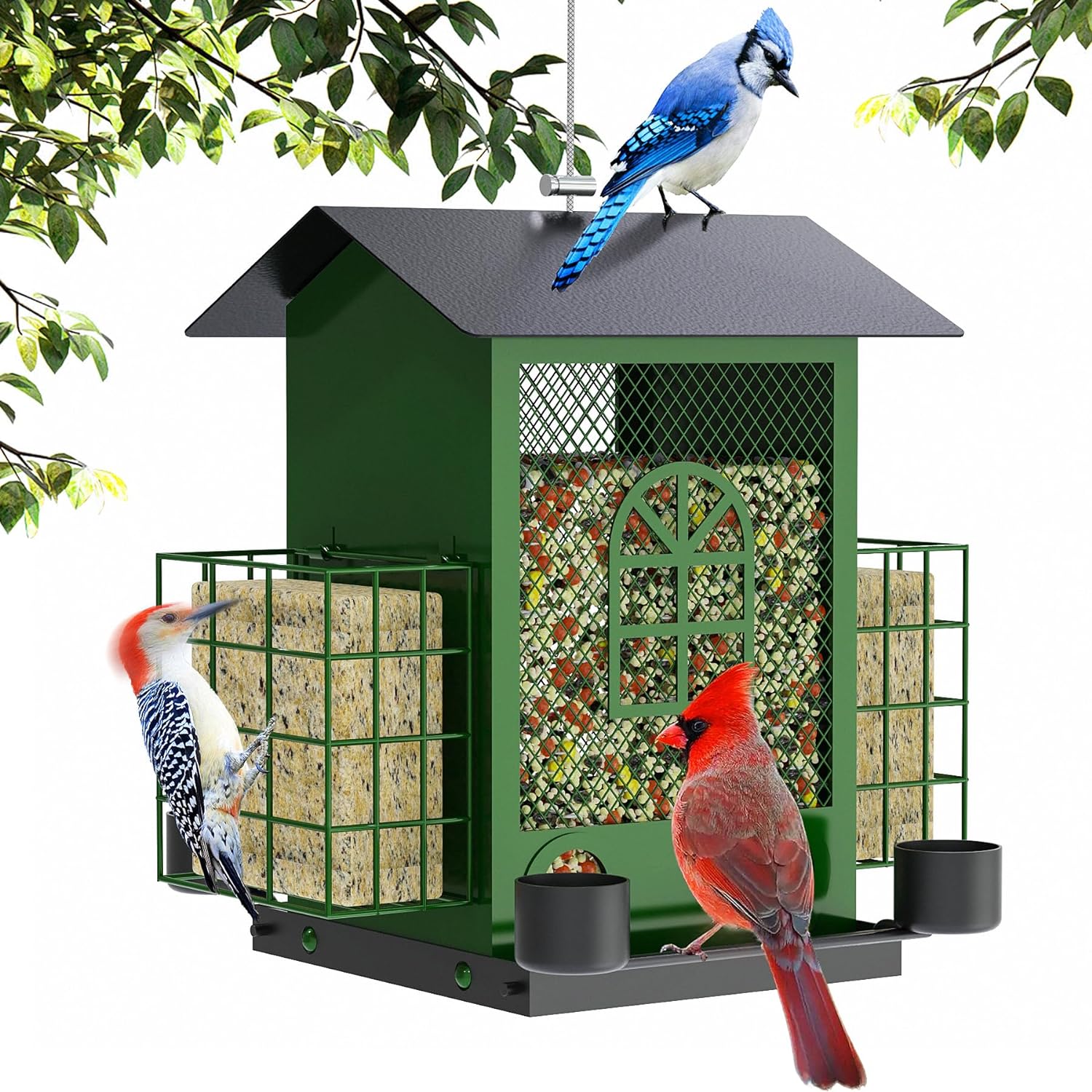
Dejar un comentario
Todos los comentarios se revisan antes de su publicación.
Este sitio está protegido por hCaptcha y se aplican la Política de privacidad de hCaptcha y los Términos del servicio.